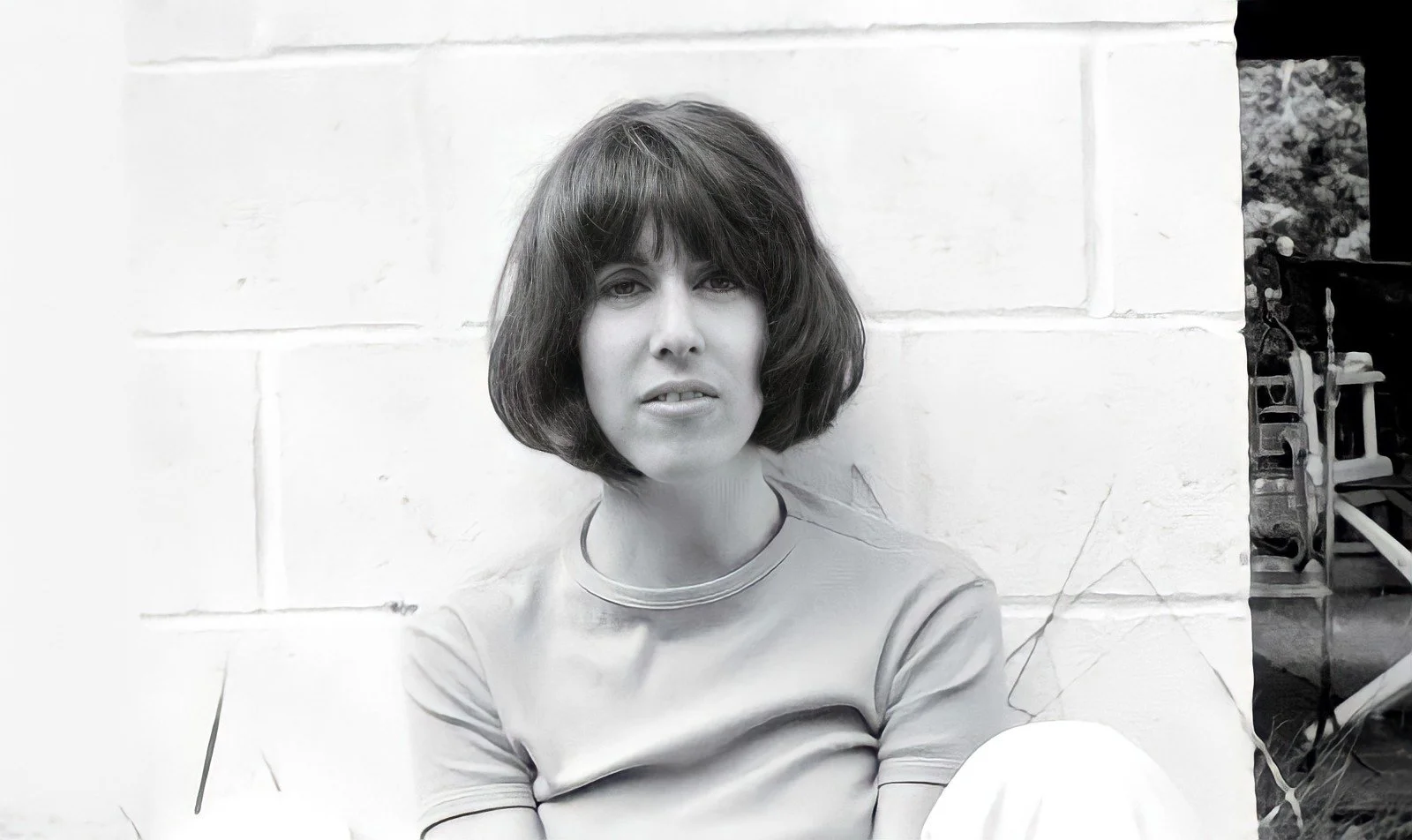06/20/2023
Finding My Lead
essence is the knowledge lost in information
A lead (also known as a lede) is the first paragraph or several paragraphs of a story, be it a news entry or a long article. Its mission is to catch readers' attention and draw them in.
Nora Ephron for the Academy of Achievement
The late writer Nora Ephron is arguably best known for movies like Silkwood, Sleepless in Seattle, and When Harry Met Sally, each of which was nominated for an Academy Award. Ephron’s success as a writer and screenwriter has a lot to do with her ability to capture the essence of a story – a skill she honed in her earlier career as a journalist. But for all her years in the high-octane world of journalism, the lesson that affected her most profoundly dates all the way back to her high school years.
Charlie O. Simms taught a Journalism 101 class in Beverly Hills High School. He started the first day of the class Ephron attended much the same way any journalism teacher would, by explaining the concept of a “lead.” he explained that a lead contains the why, what, when, and who of the piece. It covers the essential information. Then he gave them their first assignment: write a lead to a story.
Simms began by presenting the facts of the story: quote Kenneth L. Peters, the principal of Beverly Hills High school, announced today that the entire high school faculty will travel to Sacramento next Thursday for a colloquium in the new teaching methods. Among the speakers will be anthropologist Margaret Mead, college president Dr Robert Maynard Hutchins, and California governor Edmund ‘Pat’ Brown.”
The students hammered away on their manual typewriters trying to keep up with the teacher’s pace. Then they handed in their rapidly written leads. Each attempted to summarize the who, what, where, and why as succinctly as possible: “Margaret Mead, Maynard Hutchins, and Governor Brown will address the faculty on …”; “Next thursday, the high school faculty will…” Simms reviewed the students' leads and put them aside.
He then informed them that they were all wrong. The lead to the story, he said, was “There will be no school Thursday.”
“In that instant,” Ephron recalls, “I realized that journalism was not just about regurgitating the facts but about figuring out the point. It wasn’t enough to know the who, what, when, and where; you had to understand what it meant. And why it mattered.” Ephron added, “He taught me something that works just as well in life as it does in Journalism.”
—
Today I am back from a month-long break, a break I unintentionally took after writing 43/50 pieces. Part of me had the typical writer’s block, but the other part of me was riddled with something else. I couldn’t figure out what. I was trying so hard to just fix it and “go back to normal”, whatever that means.
I felt off track, unsharp, and “dizzy”. I questioned why I was doing this. I got lost in the sauce of outcomes and forgot my guiding principle. I kept trying to figure out the answers in the details of the noise.
I failed to look past the extraneous detail and perceive clearly what I overlooked. I needed to do what Nora Ephron did – find my lead – which I realized was actually an emotional block. Something I couldn’t just “fix”. What I needed was to feel grounded. This is something that requires practice and internalizing my basics.
I’m glad I have this piece to come back to next time I’m feeling noisy.
*The Nora Ephron story is lifted from the book Essentialism by Greg McKeown. This book has played a big part in helping me get out of my rut.
This piece is 44/50 of my 50 days of learning. Subscribe to hear about new posts.